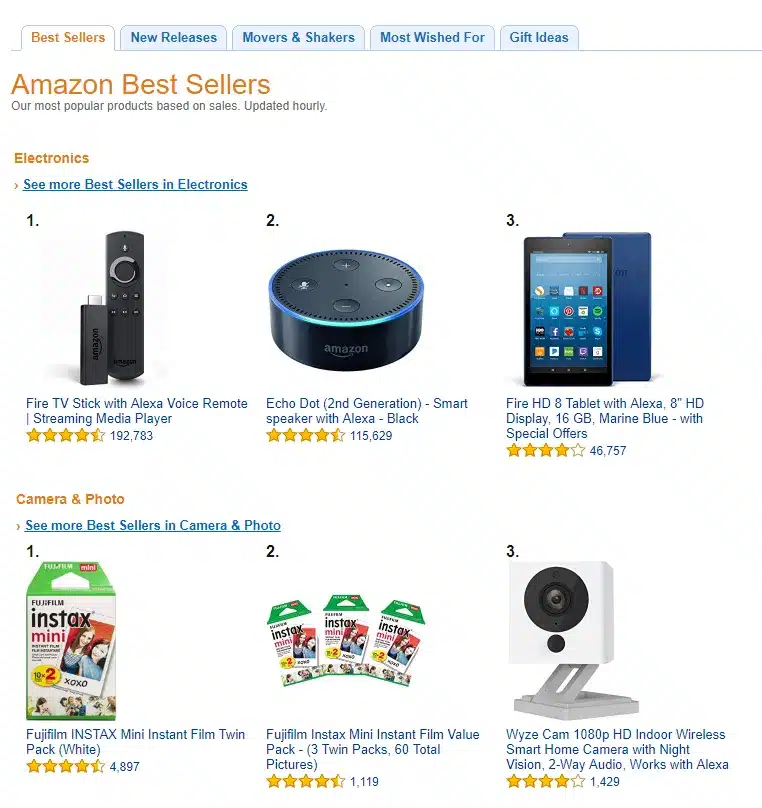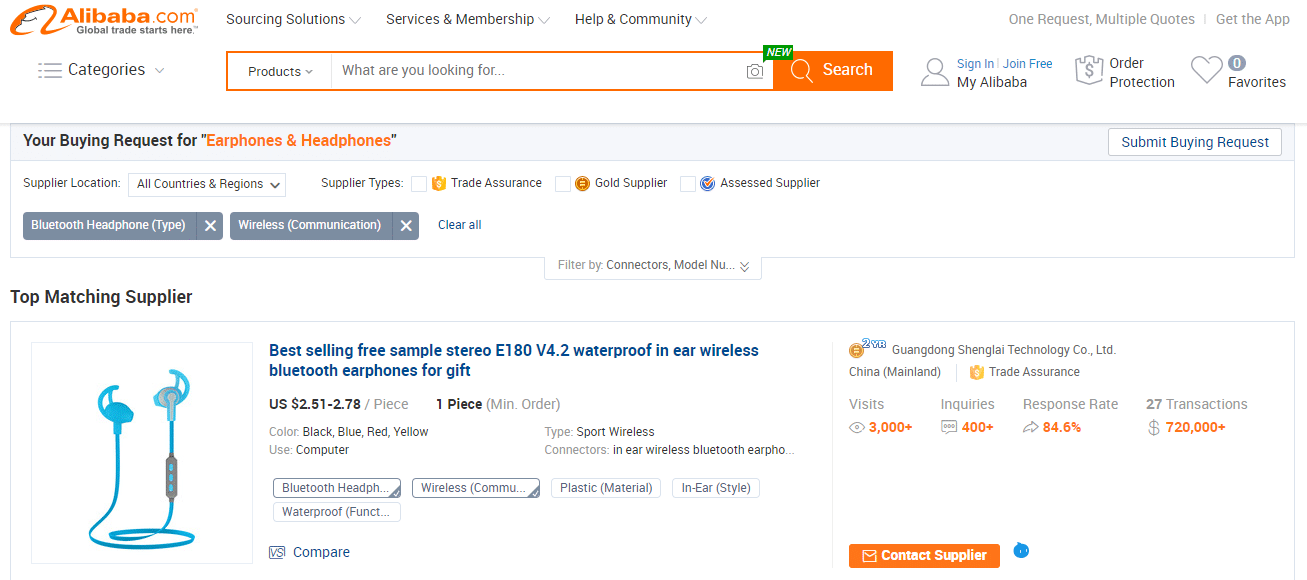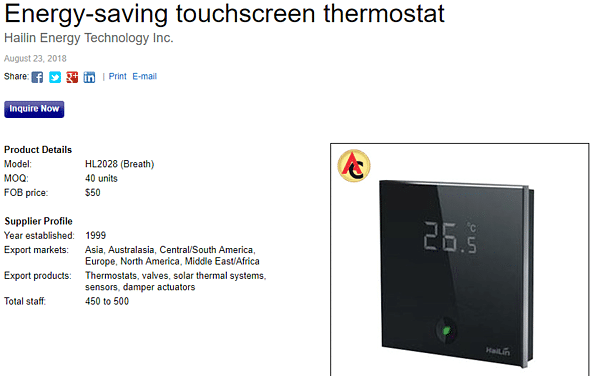How To Make A Success From Private Label Selling On Amazon
Are you looking for an easier way to sell your own products on Amazon? One that doesn’t require you to create and manufacture the items yourself?
You’re not alone.
Whether you’re new to selling on the marketplace or are an experienced Amazon reseller, the prospect of expanding your product lines to include your own branded goods can be a lucrative one.
The problem is, for many retailers it’s often an expensive and timely one as well.
But it doesn’t have to be.
Fortunately, there’s an alternative to manufacturing your products in-house – private labeling.
Throughout this article, I’ve shared everything you need to know about what private labeling is, how to find the best products to private label and more importantly how you can get started selling these private label products on Amazon.
What is private label selling?
Private label selling happens when you source products made by another retailer and add your own branding, packaging and logo.
Just take privately labelled water bottles, for example.
The water bottle itself is sourced from a wholesaler, but shipped to a manufacturer that can add your wrap design, logo and brand name to the bottle – essentially making it your own product.
But is private label selling really all it’s cracked up to be?
The short answer is yes.
In fact, one of its biggest advantages is that it’s very hand-off; you can set up an automatic flow for the original, unbranded products to be sent from the supplier to the manufacturer for branding, and send the final item to one of Amazon’s fulfillment centers (if you’re opting to use FBA that is).
You don’t even need to touch the private label products you’re selling.
Alternatively, you may choose to handle your own fulfillment – including shipping and storage – making private labeling a fantastic option for businesses who want more control over their Amazon activity.
That’s not all though.
Private label products tend to have a higher profit margin too, since there’s no need to invest in the research and manufacturing of the product, not to mention the associated time and staffing costs that this would require.
The best types of product to private label on Amazon.
Selecting the product you’re going to private label is just as – if not more – important than the strategy you’re using to sell it.
Why?
Because you can’t sell a product that isn’t in high demand.
The best types of products to private label are those that are cheap to purchase and manufacture, with the opportunity to add your own spin on it and seller at a higher price.
I already mentioned that water bottles can be private labelled, but other popular products to private label can include:
- Cosmetics
- Phone cases or accessories
- Notepads
- Vaping pens
- Socks
- Electronic chargers
For more private label product ideas, take a look at this for inspiration.
How to start selling private label products on Amazon.
Ready to start sourcing, branding and distributing your private label items?
Follow this six-step process to make sure you’re picking and packaging the best products:
1. Find the products you’re going to private label.
The first hurdle you’ll need to jump is the trickiest.
I briefly touched on this earlier, but remember:You can’t expect to see an influx of sales and news customers if you’re not offering something they’re willing to spend their hard-earned cash on.
To discover which products are in high demand on Amazon, start by browsing the Best Sellers list.

This is a great tool for understanding what is currently selling well, giving you the insight to inform your own choices.
Don’t limit your research to just that though.
High demand combined with profitability is the perfect equation for any type of private label product.
After all, there’s not much point in branding a product that cost you £20 to source and selling it for £21, unless you’re shifting thousands of products per week, right?
As a general guideline, aim for products you can get a 50% profit margin on, as this will make it worth your while.
2. Check out the competition.
Next up, let’s scout your competition.
Other Amazon sellers who are offering similar privately labelled items are the ones you’ll need to compete with.
This means you’ll need to make sure your product matches – if not, beats – theirs.
Ask yourself:
- What’s the average price for this product on Amazon?
- What’s the average review rating for similar products?
- How many people are selling similar products? (You can view the number of search results to find this.)

Don’t forget to do this on the various global sites that Amazon runs!
The answers to these questions will give you a good indication of how in-demand and profitable the products are, and the amount of effort you’ll need to put into optimizing your listing to reach the top spots in Amazon search.
This step might take time, but it’s important that you don’t rush it.
Deciding on an industry that’s owned by a huge, trusted brand could be a disaster—especially if it’s your first attempt at private labeling.
Instead, try to select a product with limited competition, but that’s still in-demand.
That way, you can navigate the path to successfully selling private label products on Amazon, and build your brand without competing with the big boys straight away.
(Remember:Amazon, themselves, could be your competition. They generated $450 million through sales of their white label products in 2017 alone thanks to the success of their Amazon Echo, Kindle and Amazon Basics range!)
3. Locate a supplier.
Now that you’ve found the products you’re going to private label, it’s time to find a supplier or wholesaler who can provide the product you’ve selected, at the best price.
The easiest way to do this is by searching Alibaba.
Simply type the product you’re looking to private label and dig through the list of global wholesalers.

When working your way through this list, think about the following:
- Number of transactions: How many similar products are being sold online? It’s tougher to sell a product that’s already being private labelled by thousands of other retailers. You’ll have to work harder on branding too.
- Response rate: If you have problems with your order, is there a good chance of the manufacturer offering to help?
- Minimum orders: Do you need to commit to a huge order, or can you test the waters and order a few to get started?
Let’s have a quick chat about the last one.
While it’s wise to take advantage of the bulk order discounts, be wary about ordering thousands of products – especially if it’s your first attempt at private labeling the product.
On this occasion, it’s better to order too little than too much.
So, consider testing the waters by ordering around 200 units. That way, you can determine how easy it is to private label the product and sell through Amazon, without risking the possibility of having thousands of branded products that are stubborn to shift.
4. Design your private label brand.
Here comes the fun part! It’s time to let your creative juices flow and design your private label brand.
To do this, you’ll need to think about your:
- Brand name
- Logo
- Colors
- Fonts
- Value proposition or USP
Sounds like a tricky job, right?
It is – but it’s got the power to make or break your entire private label strategy.
Consistently branding your products leads to an average revenue increase of 23%.
Plus. 72% of marketers think branded content is more effective than print advertising.
(If you fancy taking this task off your hands, you could outsource the branding for your private level products).
5. Find a manufacturer to add your branding.
Now you’ve got your branding covered, you’ll need to find a manufacturer who can attach your designs to the product you’ve purchased.
China is home to thousands of manufacturers who can private label your product, and you can find them by searching through sites like Alibaba or Global Sources.

Sounds easy enough, right?
Don’t forget to negotiate the best price. Often, you can barter with the manufacturers you’re working with, even if the discount you receive is as little as five pence per unit.
That could easily equate to thousands in extra profit if you sell enough items!
6. Create an Amazon listing for your new product.
By this point, your privately labelled product will be ready for shipping.
But, creating the listing for your product isn’t as simple as uploading a few photos of your branded item and hoping for the best.
Since you’re likely to have hundreds – if not thousands – of competitors selling similar private label products, you’ll need to follow a few Amazon SEO hacks to ensure your product is seen by your ideal customers using the site’s search feature. These include:
- Uploading high quality photos that showcase your product in detail
- Optimizing the bullet point section with your target keywords
- Including back-end search terms in the Seller Central dashboard
Should I bother with FBA for private label products?
This is a question many Amazon private label sellers ask.
If you’re opting for your private label products to be fulfilled by Amazon, you’ll have a completely hands-off approach.
Regardless of whether you’re private labeling or not, FBA has its advantages and drawbacks.
Many Amazon sellers love FBA as it eliminates the expense of running a warehouse, shipping the item and handling customer service inquiries.
Fulfillment by Amazon does, however, come at a cost. The question you need to address is whether its benefits outweigh these costs?
There’s no right or wrong answer as to whether you should be using FBA for your business, it will depend entirely on your business needs, profit margins and whether or not you have the time and resources to fulfill your private label products yourself. Before making any decisions, we would recommend that you use Amazon’s FBA calculatorand understand your general Amazon seller fees in order to determine the profit you stand to make.
So, there you have it. Everything you need to know about private label selling on Amazon.
As with anything, successful selling requires thorough research and due diligence. Remember to scout your competition, look out for bulk discounts and calculate your profit margins before getting started.
It might sound like a long-winded process, but you don’t want to be stuck with a job lot of 5,000+ privately labelled products that nobody is interested in buying!